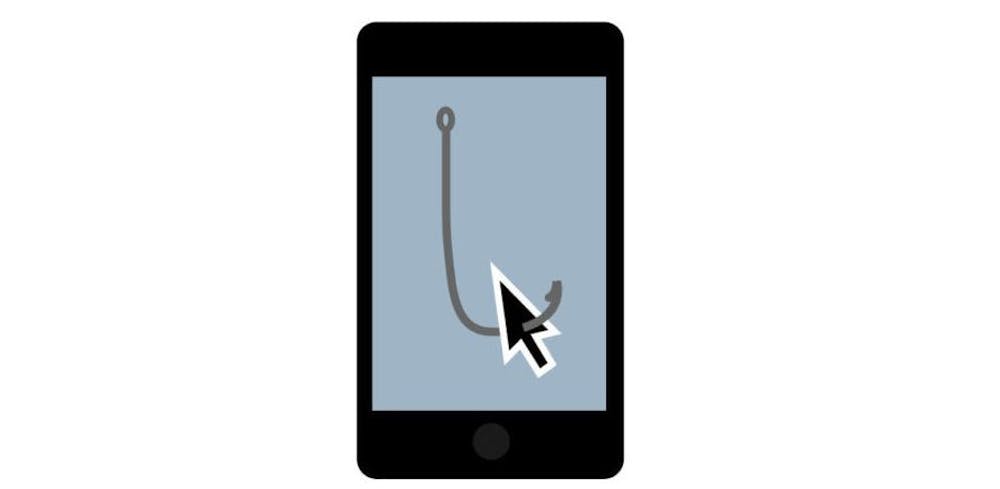During the presidential election, I did my best to stay off social media. Okay, maybe not as much as I could have, but I really tried. Facebook was the worst. Using my fingertip to scroll through my feed, I considered unfriending each person as I read the political stories they shared.
Leaning against a wall waiting to go into class a couple days after the election, I shifted my weight to the other foot as a particular headline caught my attention: “With a Stroke of his Pen, President Obama Permanently Protects Planned Parenthood.”
I got excited. I clicked “share.” But it wasn’t until a friend of mine shared the same post that I realized my mistake. Her post read: “Why are people sharing this? This happened back in September.”
I didn’t read the date. Heck, I didn’t even read the article. I just shared it, and I contributed to the phenomenon of misleading social media news. Even though the story I shared was accurate—just outdated—false stories are shared daily. And not all individuals are able to discern what is credible and what is not.
Americans are aware of this trend, which has led to a great mistrust in “news.” According to Pew Research, 64 percent say fabricated news stories cause confusion about the facts of current world issues and events.
Jonathan Anzalone, assistant director and lecturer at Stony Brook University’s Center for News Literacy, said the spreading of misinformation is not something that will go away anytime soon. It’s easy for people to skim headlines and share information they have not read in full or verified. We all do it. It’s not just me.
Maegan Ackerson actually spent 60 dollars because of fake news.
While scrolling through her Twitter feed, she read that her favorite artist, Chance the Rapper, was coming to Ball State. Her friends from other universities began texting her and asking if they could stay at her dorm for the concert. Her entire feed was filled with the link to buy tickets. While she was skeptical at first, once Chirp Fest, the twitter page for the organization supposedly hosting the event, shared the news, she assumed it was safe to buy. Like me, she was fooled by fake news.
Even though the story about President Obama was accurate, I mistakenly believed it was a direct cause of Donald Trump’s impending inauguration. Because I shared the story, my Facebook friends then formed their own opinions with the same assumption. Online news allows users to pick and choose what is true. Some might have interpreted my post as an assumption of what Trump would do as president. Others might have been happy that President Obama took action. Either way, the false implication was that the two events were related. Simply because I didn’t look at the article’s date of September 13, 2016.
To continue reading, visit ballbearingsmag.com.




